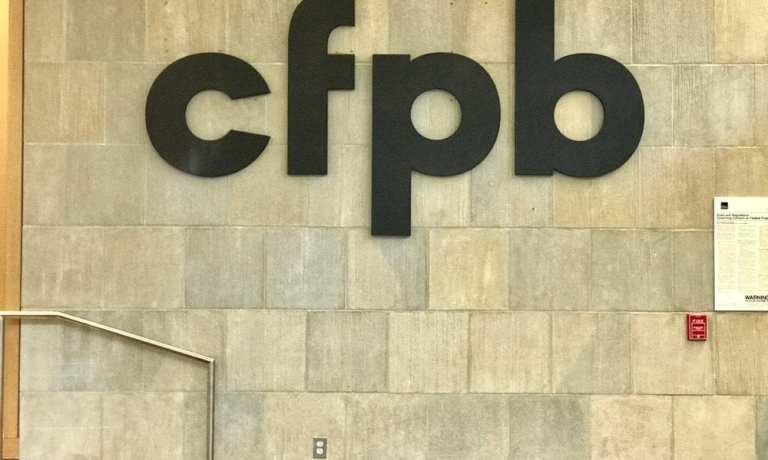In the years ahead, might there be a greater number of smaller financial institutions (FIs) offering remittance services?
As Bloomberg Law reported Tuesday (Dec. 3), the Consumer Financial Protection Bureau (CFPB) has proposed to boost the number of smaller banks and credit unions (CUs) that would not be governed by rules tied to international money transfers.
In a move that some advocates say would ease regulatory and compliance costs, the proposal would extend an exemption that allows these FIs to estimate the fees and costs associated with such international fund flows as providing exact figures might prove an expensive task.
The transaction threshold for such exemptions would be raised from firms that process 100 or fewer remittances to a threshold of 500 or fewer remittances.
“If a person provided 500 or fewer transfers in 2019 and provides 500 or fewer remittance transfers in 2020, that person qualifies for the safe harbor threshold in 2020,” said the CFPB in its proposal, which would extend the exemptions, known as a Safe Harbor, beyond a July 2020 expiration and make them permanent.
The reduced burden would impact about 400 banks and 250 CUs, according to the Financial Post.
Advertisement: Scroll to Continue
The December proposal comes in the wake of an April request for feedback on the international remittance process.
In the proposed rule, the CFPB said money services businesses, known as MSBs, provide the “overwhelming majority” of remittance transfers for consumers in the United States, and pointed to 2017 data that showed the percentage at more than 95 percent. The average amount sent by MSBs on behalf of consumers was $381, reported the CFPB.
Banks and CUs processed a respective 4.2 and 0.2 percent of remittances, according to the proposed rulemaking document.
“However, the average amount that banks and credit unions transferred was much greater than the average amount transferred by MSBs,” stated the CFPB. “For example, based on the Bureau’s analysis, the average transfer size of a bank-sent remittance transfer was more than $6,500.”
(The remittances noted above cover cross-border transactions where money is sent to individuals and businesses in foreign countries.)
Against that backdrop, banks and CUs sent roughly 45 percent of the dollar volume of remittances, with 43 percent from banks and 2 percent from CUs.
In receiving comments on the remittance rules, the CFPB said that some stakeholders submitting suggested changes had advocated that thresholds for exemptions range from 200 to 1,200 transactions annually.
In addition, the CFPB reported that MSBs “differ from banks and credit unions in the means by which they provide remittance transfers. Traditionally, MSBs sending remittance transfers have predominantly relied on a storefront model and a network of the MSBs’ employees and agents (such as grocery stores and neighborhood convenience stores).”
Relying on employees and agents, the MSBs have been able to use a closed network that can provide reliable data about remittance transfer costs and exchange rates before the transaction takes place. By way of contrast, CUs and other firms, relying on the correspondent banking network, have been tied to “open networks” that are decentralized in nature and which make it challenging to present precise and reliable information about terms and costs of remittance transfers.
In one comment following the CFPB’s proposal, the National Association of Federally-Insured Credit Unions (NAFCU) Executive Vice President of Government Affairs and General Counsel Carrie Hunt said, “Under the current remittance rule, a number of credit unions have effectively been prevented from offering remittance transfer services because of the high compliance costs and associated burdens. While the proposal’s increase to the transaction threshold for compliance purposes fell short of NAFCU’s recommendations, it will provide relief to credit unions.”

